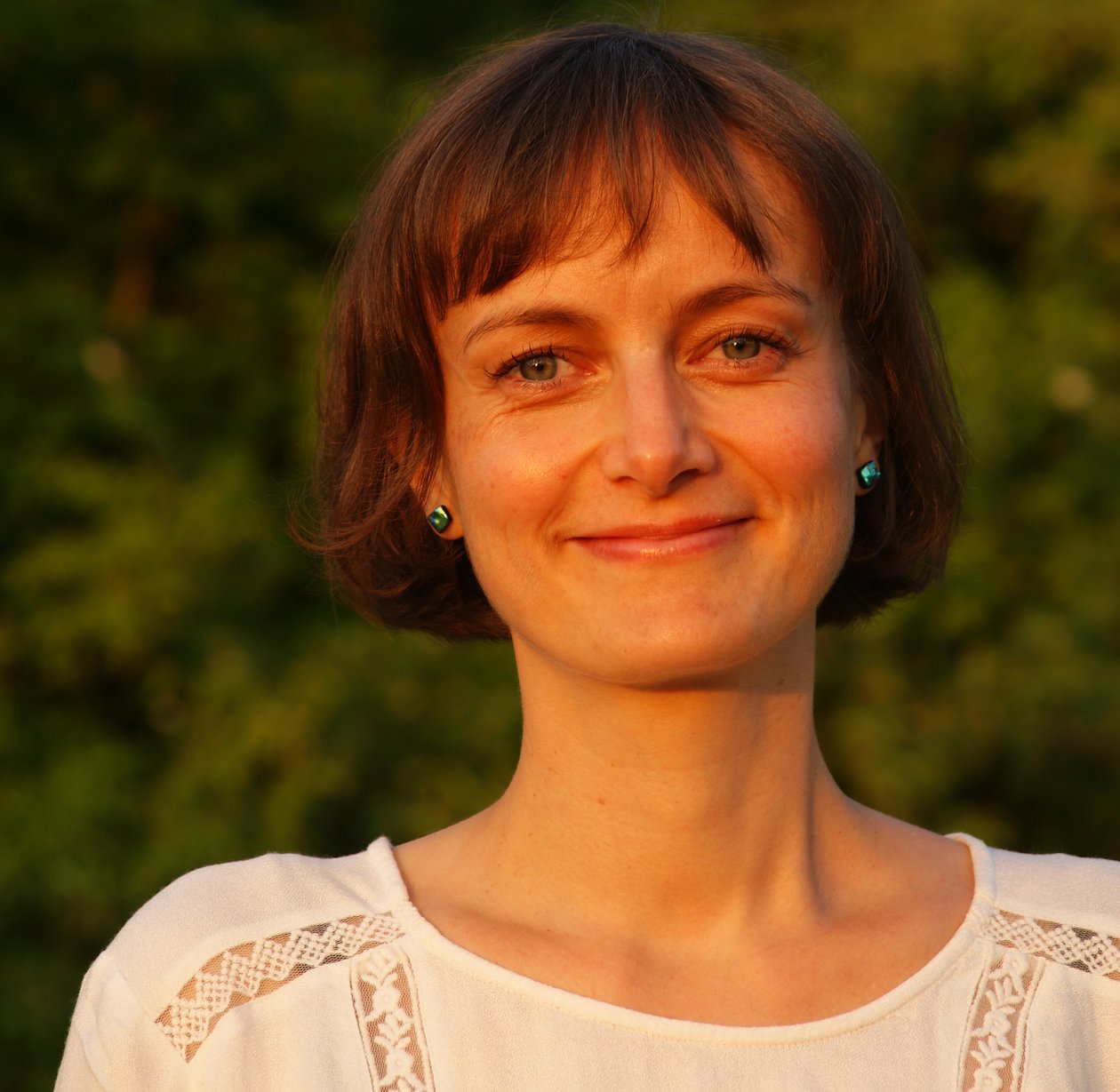Nuclear RNP assembly and processing machines in human cells

early stage of my independent research career.”
In August 2017, Stefanie Jonas will take up her position as an assistant professor at the Institute of Molecular Biology and Biophysics, which is part of the Department of Biology at ETH Zurich. Stefanie Jonas has throughout her scientific career applied a variety of methods to gain a mechanistic understanding of biological macromolecules, the majority of which is involved in RNA metabolism.
In 2005, she obtained a Master of Science degree in Chemistry from the Georg-August University of Göttingen, Germany after having carried out her master’s thesis research in the lab of Jennifer Doudna at the University of California Berkley, where she worked on the GTPase BMS1 involved in ribosome biogenesis. For her Ph.D., Stefanie Jonas went to the lab of Florian Hollfelder at the University of Cambridge. There, she structurally and mechanistically characterized how efficient catalytic promiscuity is achieved by enzymes of the alkaline phosphatase superfamily. In 2010, she returned to RNA Biology and Germany for her postdoctoral research in the lab of Elisa Izaurralde at the Max Planck Institute for Developmental Biology in Tübingen. During this time, she focused on complexes involved in post-transcriptional regulation and degradation of messenger RNA degradation via nonsense mediated decay, deadenylation and decapping. In 2015, she joined the lab of Ulrike Kutay at the Institute of Biochemistry at ETH Zurich characterizing complexes involved in ribosome biogenesis including the ANN complex that contains the AATF/Che-1 protein, which is required for embryonic development1.
The Jonas laboratory aims at deciphering the structures and mechanisms of nuclear machines that process RNAs. One of its research targets is the small ribosomal subunit processome, which is a key machine involved in ribosome biogenesis. The production of ribosomes is a highly complex process requiring the coordinated interplay of many factors at different locations in the cell. To sustain their rapid growth, cancer cells depend on high rates of ribosome production and inhibiting this process might prove to be a useful approach for battling tumors, which is currently tested in clinical trials. Other examples illustrating the disease relevance of ribosome biogenesis are ribosomopathies, which form a group of human genetic diseases whose symptoms arise due to the production of faulty or lower levels of ribosomes. The Jonas lab will apply a broad array of methods ranging from structural to omics techniques to shed light on these machines and the cellular processes they are involved in, as well as how defects of those can lead to human diseases.
Stefanie Jonas is looking forward to broadening the scope of scientific questions she can address through collaborations with other laboratories of the network and emphasizes the importance of the NCCR’s technology platforms for her research. Additionally, she expects that being part of the network will enhance the visibility of her research. For building up her lab, she will also rely on recruiting Ph.D. students through the RNA Biology Ph.D. program. She states that her future lab members will profit from the training possibilities offered by the NCCR RNA & Disease and she will encourage them to make the most out of these opportunities.
(1) Bammert L. et al. (2016) Nucleic Acids Research 44(20), 9803-9820
By Dominik Theler